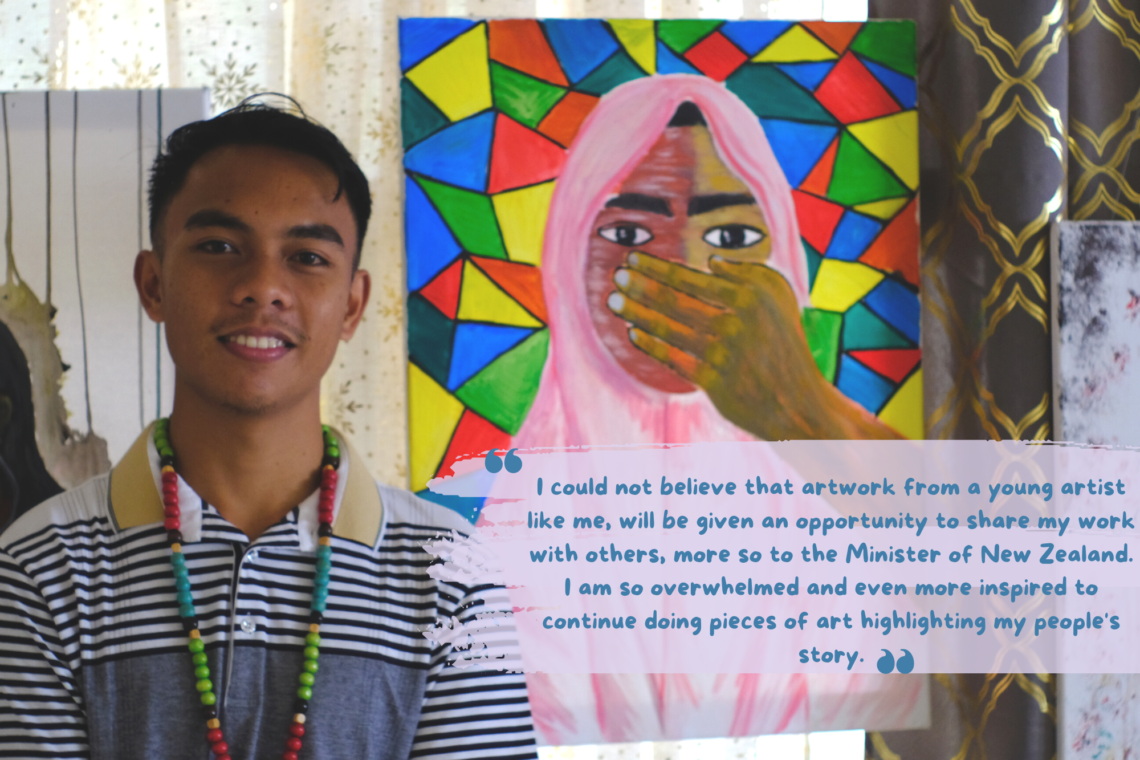Seeing violence and injustices firsthand, Anwar Acrab knew the power of visuals in building a peaceful environment for oneself and others.
Waking Up with Conflict Around
Back in 2017, Anwar Acrab witnessed and experienced the effects of the Marawi siege. He saw the injustices through the bakwit (evacuees) fleeing from the city and looking for shelter from the bombings and crossfire between the government forces and violent actors. He recounted the unfairness of the distribution of basic social services in which other privileged individuals were prioritized over those who have nothing.
While the conflict was happening on the other side of the lake, Anwar feared for his life and his family as it could spread and reach their home. There were moments in which he was jolted to wake up not because of his prayer alarms, but because of the loud bombs falling in Marawi City. Moreover, he came across videos of young children recruited to the conflict and became child combatant.
These exposures made him realize the vulnerability of young children growing up in conflict and the effect of the environment in shaping their view of the world. A recent article by The ASEAN Post, among the factors of recruitment among children are their poor sense of belonging or familiar relationships and propaganda by some non-state actors. These violent groups target the emotional, physical, and developmental vulnerabilities of children.
Visualizing A Peaceful World
With a talent in the arts, Anwar has been conveying his experiences through his drawings. To further hone his craft and know how he can integrate peacebuilding in his creations, he joined Teach Peace Build Peace Movement’s Artists for Peace Mentoring Sessions for Youth.
Through his sessions with Kuya AG, Anwar was amazed by how you can integrate peace and caring for the environment. At first, his goal as an artist was mainly focused on himself, but his experiences during the workshop inspired him to use his talent to convey messages of peace to others. Moreover, he realized the importance of building a peaceful environment not only through creative visuals, but also with his daily interactions. After the training, he started to practice what he learned by being more respectful and understanding to his family. He understood how these little actions contribute to a more peaceful environment within his home.
With the help of his fellow artists, Anwar also started to build circles of peace in his school and community. He envisioned a peaceful space where artists can learn from each other and find role models who can inspire them to be better. Because he knew firsthand how exposure to violence can influence younger artists to stop their craft and join the conflict, he wanted to make sure that there is a space where these artists can become advocates of a culture of peace and better transform these experiences at a more peaceful platform.
Moreover, he was further inspired when the Minister of New Zealand purchased one of his artworks during one of the activities of TPBPM. Anwar did not expect that his creations may reach international audiences. This event pushed him to be a better artist by ensuring that their culture and voices as Maranaos will always be entwined in his art.
For Anwar, it is important to share the values of peace education with younger children to counter their exposure to conflict. For him, peace education can inspire other individuals to break the cycle of violence by using their talents. Anwar knew that his drawings contribute to the bigger picture of a more peaceful world.
“I could not believe that artwork from a young artist like me, will be given an opportunity to share my work with others, more so to the Minister of New Zealand.
I am so overwhelmed and even more inspired to continue doing pieces of art highlighting my people’s story.”


